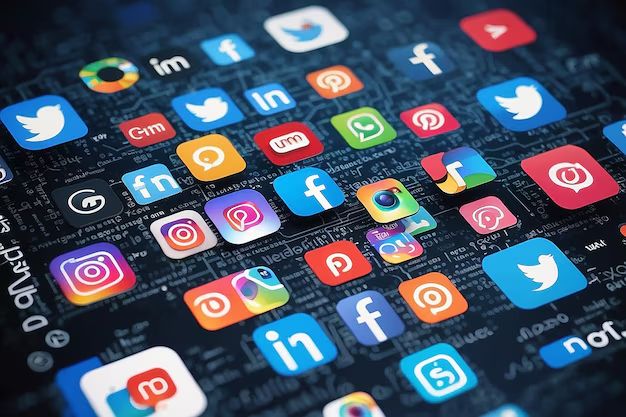In 2025 the line between authentic creators and synthetic clones is disappearing, and criminals are exploiting that blur at scale. What started as a handful of parody accounts and low-effort scams has evolved into a sophisticated industry: attackers build near-perfect copies of influencers, micro-creators, and even local businesses using AI-generated photos, deepfake videos, scraped captions, and carefully copied engagement patterns.
These impostors do more than post ads — they run multi-channel fraud campaigns (fake giveaways, counterfeit product drops, phony NFT launches, and malicious wallet “claims”) that convert followers into victims in minutes. The mechanics are disturbingly effective. Threat actors collect publicly available images, short clips, and voice snippets from TikTok, Instagram, YouTube, and podcasts; feed them into generative models to produce high-fidelity videos and voice notes; create new accounts that mimic posting cadence and comment history; then bootstrap credibility by buying small amounts of followers and seeding early comments with coordinated bot accounts to create the illusion of social proof.
From there the scam playbook is flexible: a flash “limited drop” with a short URL that leads to a spoofed storefront; a “private airdrop” that asks followers to connect crypto wallets (which drains funds); fake live streams where overlays prompt viewers to download “exclusive” apps (malware installers); or messages that ask followers to DM for a verified link — which is actually a credential harvesting page. Real-world impacts are huge and varied. In one mid-2025 campaign, hundreds of micro-influencers in Southeast Asia found identical clones selling counterfeit cosmetics; customers paid advance deposits and never received products. In another case a cloned tech influencer promoted a fake presale for a utility token that netted scammers six-figures in crypto before the project vanished. Even verified accounts aren’t immune: attackers clone un-verified variants of verified handles and run split-screen live streams or look-alike giveaways that siphon traffic and payments away from the real creator. The damage goes beyond money. Creators face reputation loss, lost sponsorships, and the emotional toll of seeing their likeness weaponized. Followers lose trust in platforms and in creator economies, and brands that partner with influencers risk association with fraud.
Platforms are scrambling to respond. Content moderation teams deploy image-matching, voice-similarity detection, and behavioral heuristics, while trust & safety groups collaborate with creators to fast-track takedowns. But detection lags creation: generative tools move faster than takedown pipelines, and attackers vary content just enough to evade simple fingerprinting. So what actually works? Defenses must be multi-layered and practical. Creators should proactively watermark or digitally sign official posts and pin verification instructions to profiles; establish clear, repeating onboarding signals for real promotions (e.g., “all official drops post at X time on our website only”); and register common look-alike domains to prevent brand squatting. Platforms should require step-up verification for accounts running promotions or wallet-connect flows, implement provenance metadata (signed content headers) where possible, and offer creators one-click verification banners for official live streams or posts. Followers must use healthy skepticism: verify promotion links by typing a known domain (not clicking social links), avoid connecting wallets for “claims,” and report impostor accounts immediately.
Brands and managers should include anti-impersonation clauses in contracts and insist on co-managed payment flows for campaigns. Legal options are emerging too — rapid DMCA/takedown channels, trademark enforcement, and coordinated law-enforcement notices can blunt large operations, but legal routes are slow and often cross-jurisdictional, which is why prevention and platform controls matter most. The arms race will continue: as detection improves, clones will get more convincing (voice deepfakes with emotional inflection, micro-expressive facial motion, and real-time interactive bots that DM followers in personalized ways). The core vulnerability isn’t technology — it’s human trust. Social proof, emotional attachment, and the FOMO economy make followers ripe targets.
In 2025 the message is simple: authenticity needs active defense. Creators must own their brand signals and educate their communities; platforms must bake provenance and friction into monetized actions; users must pause before they click, connect, or pay. Otherwise the influencer economy risks becoming a conveyor belt for fraud — and the faces we love online will increasingly be rented, replicated, and weaponized by people who only care about one metric: conversion.
Key takeaway: treat perfect-looking content with healthy skepticism — if the offer is urgent, monetary, or asks for wallet access or downloads, verify through the creator’s official site or contract manager before you act.

